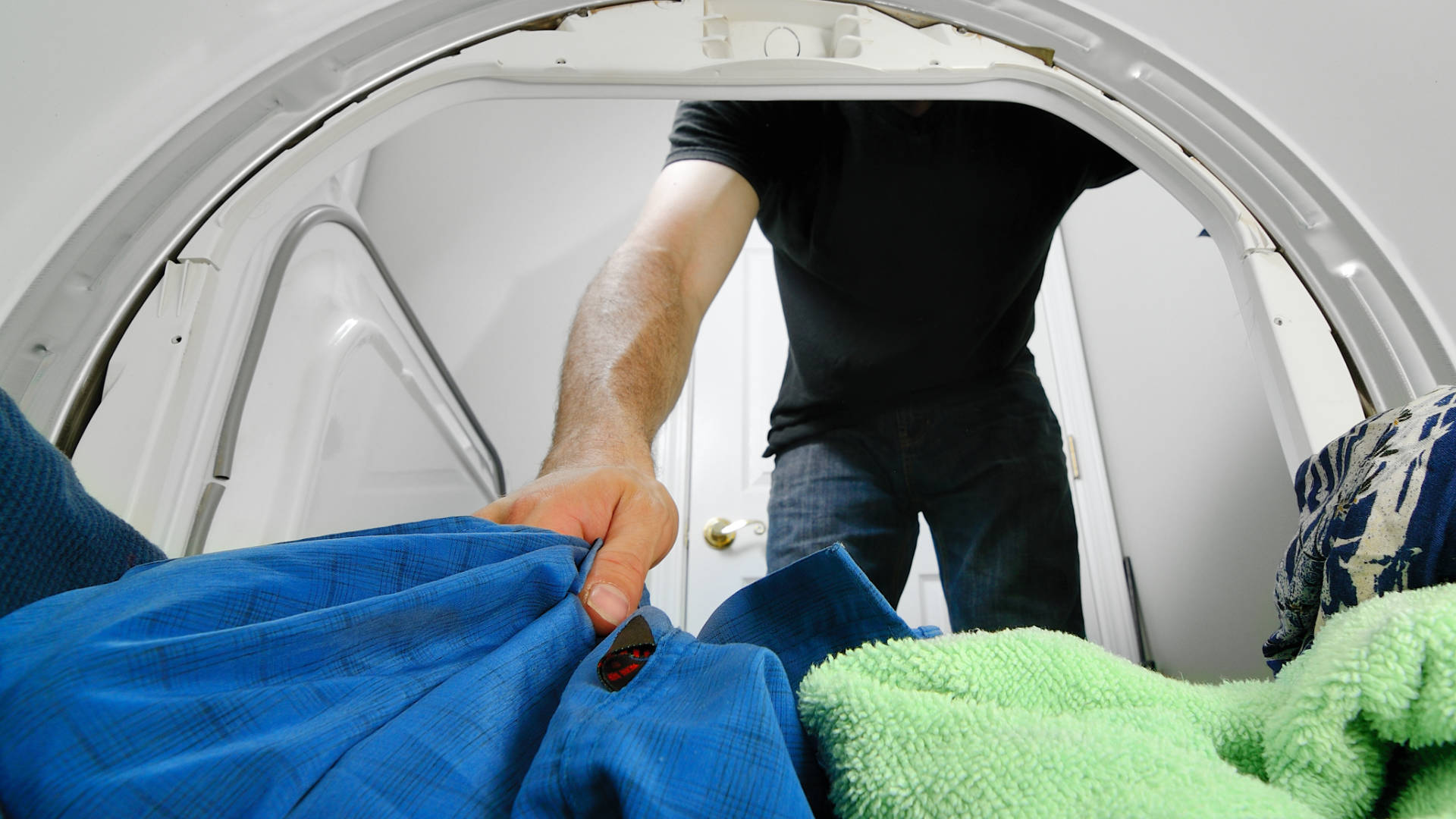
March 8, 2021
Dryer Repair
An overheated GE electric dryer is a hazard that can lead to ruined clothing or worse a devastating fire. Recognizing the symptoms associated with an overheated dryer is key to repairing the malfunction before it can cause serious damage to your appliance or your home. Below we provide a guide that will help you identify the signs of an overheating GE dryer and which parts are possibly causing your appliance to malfunction.
GE Electric Dryer Model Numbers Associated With This Guide
- DBLR333EG5CC
- DBLR333EG5WW
- DBLR333EG6CC
- DBLR333EG7WW
- DBSR463EG5WW
- DBSR463EG6WW
- DBSR462EG7WW
Symptoms of an Overheated GE Electric Dryer
- Hot to the touch. If the outside of your dryer feels unusually hot, there’s a good chance the appliance is overheating. You may also notice your clothing comes out of your dryer abnormally hot, which indicates the temperature inside the dryer drum is exceeding what is considered safe during a dry cycle.
- A burning smell. If your dryer smells like it’s burning, than something is definitely not right. The likely cause is lint catching fire inside the vent hose or dryer cabinet. This usually happens due to poor air circulation which is often caused by an accumulation of lint. Never ignore a burning odor and always contact an appliance technician to diagnose and resolve the malfunction before using your dryer again.
- The dryer shuts down mid-cycle. Dryers are equipped with a safety device that shuts the appliance down when the temperature surpasses a certain point. If your dryer keeps turning off before the cycle is finished, the temperature inside the dryer is not being regulated properly, meaning it’s getting too hot and the safety fuse is being tripped.
What Causes a GE Electric Dryer to Overheat
- The Heating Element. Considered the most common part malfunction, a faulty heating element can lead to temperatures reaching dangerous levels inside your appliance. Simply put, air is blown over the heating element before entering the dryer drum. If the heating element is malfunctioning it may not turn off at the proper time, which can lead to a continuous flow of hot air, even after the set temperature is reached.
- The Cycling Thermostat. This component is in charge of cycling the heat in the dryer on and off. If it’s defective it may not turn the heat off once the proper temperature is met. The cycling thermostat doesn’t malfunction as often as the heating element, so it’s suggested you test the heating element before you check the thermostat.
- Poor Air Flow. Although a well maintained lint trap stops a lot of lint from entering the vent hose or dryer cabinet, it unfortunately does not catch all of it, which means if you don’t clean the hose and cabinet at least once a year, an issue with air circulation can arise. Improper air flow can quickly lead to your dryer overheating.
If you believe your dryer is overheating, please contact us today, and we can help you determine the cause behind this serious malfunction.
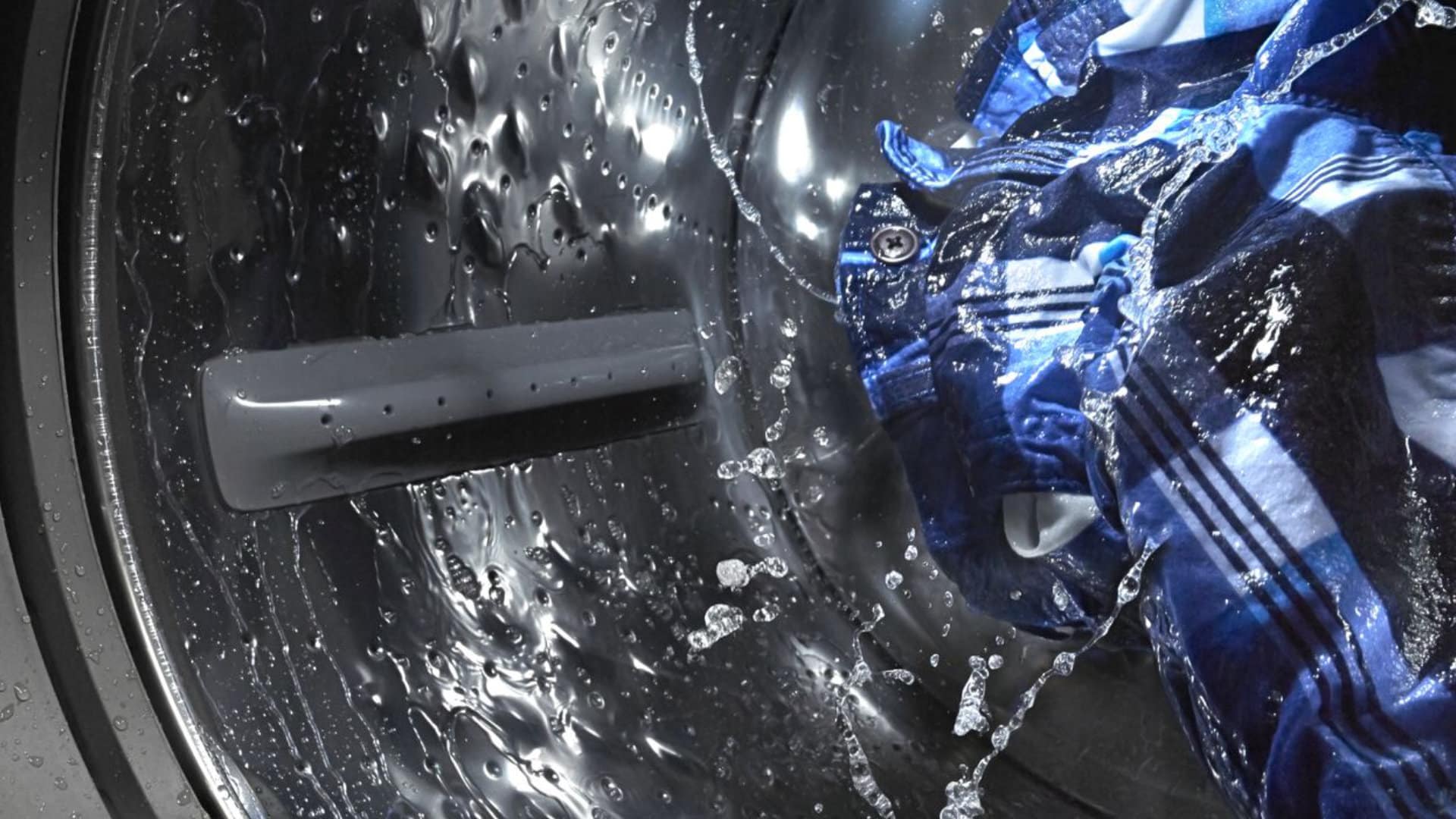
Apr. 09, 2024
How to Fix the Whirlpool Washer F5 E3 Error Code
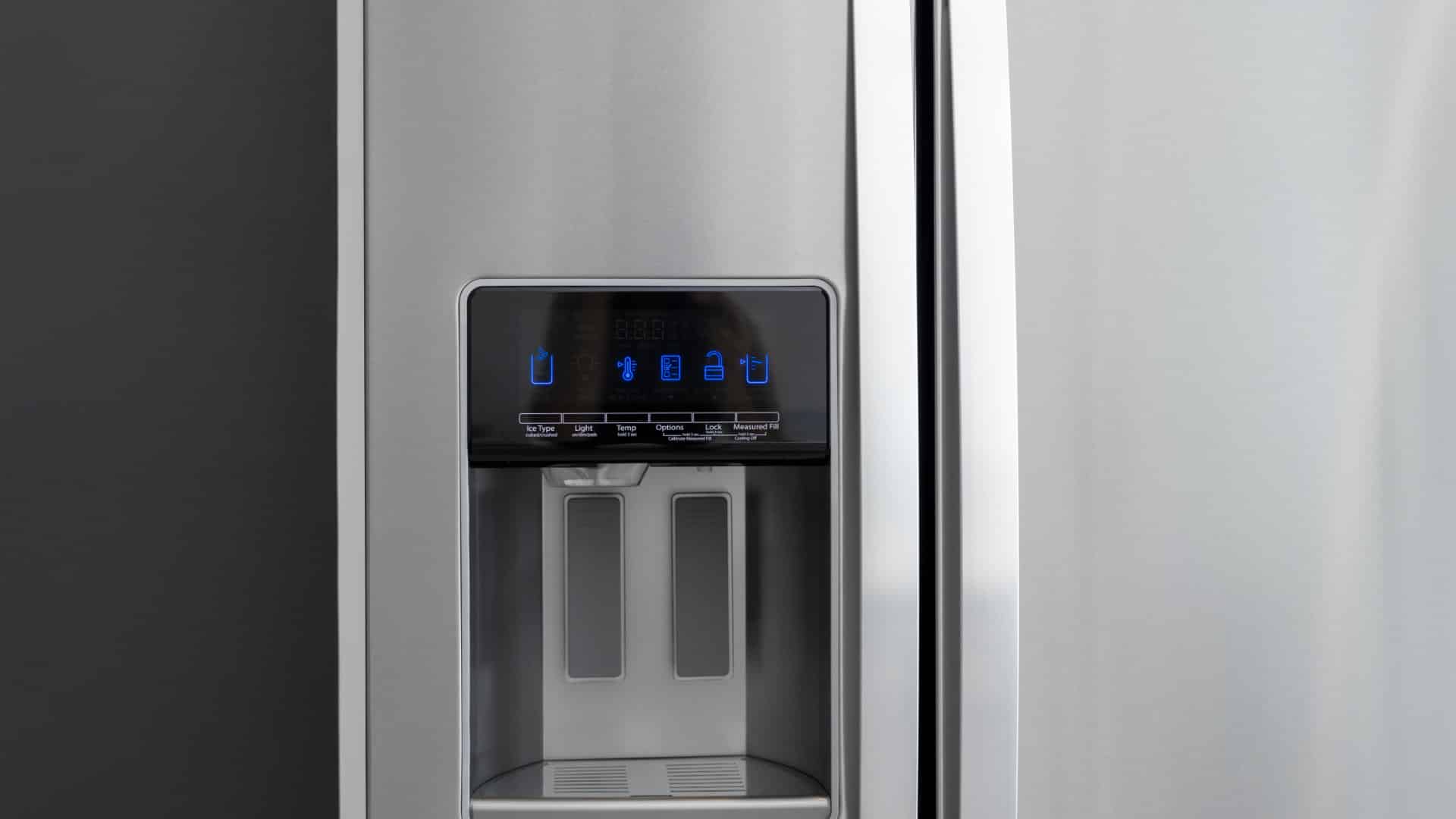
Mar. 06, 2024
10 Steps to Clean Your Fridge Water Dispenser
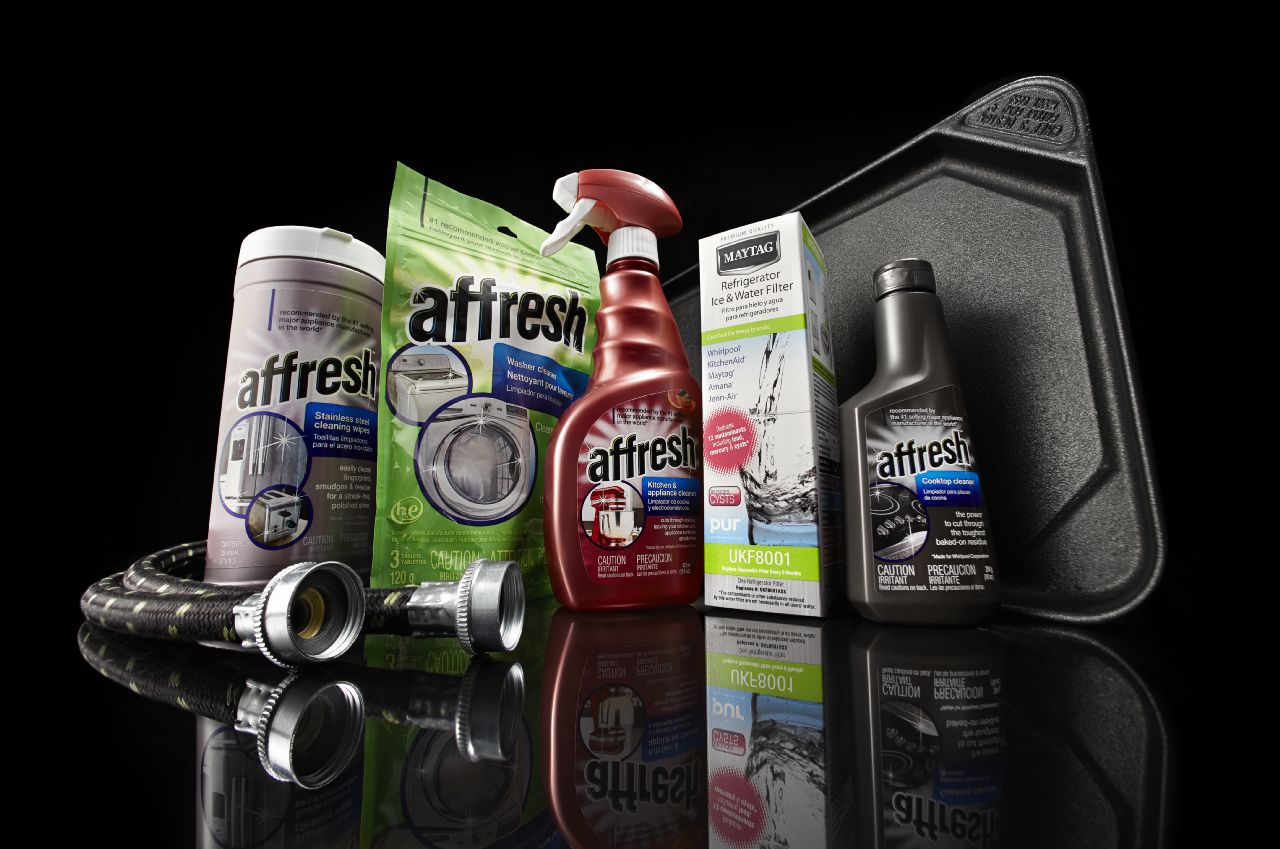
Feb. 05, 2024
How to Replace a Whirlpool Refrigerator Water Filter
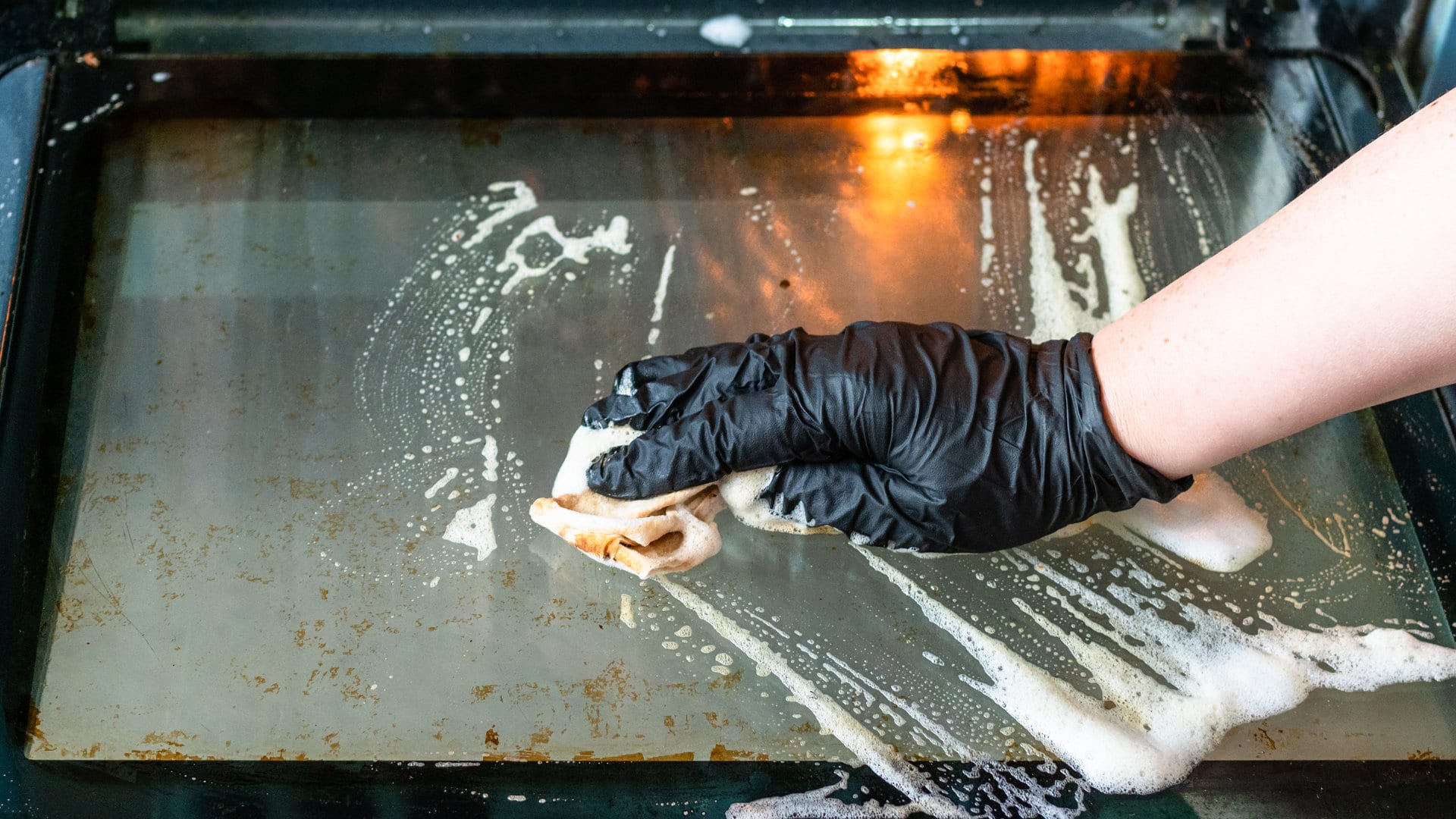
Jan. 03, 2024
How to Clean an Oven Glass Door (3 Easy Methods)
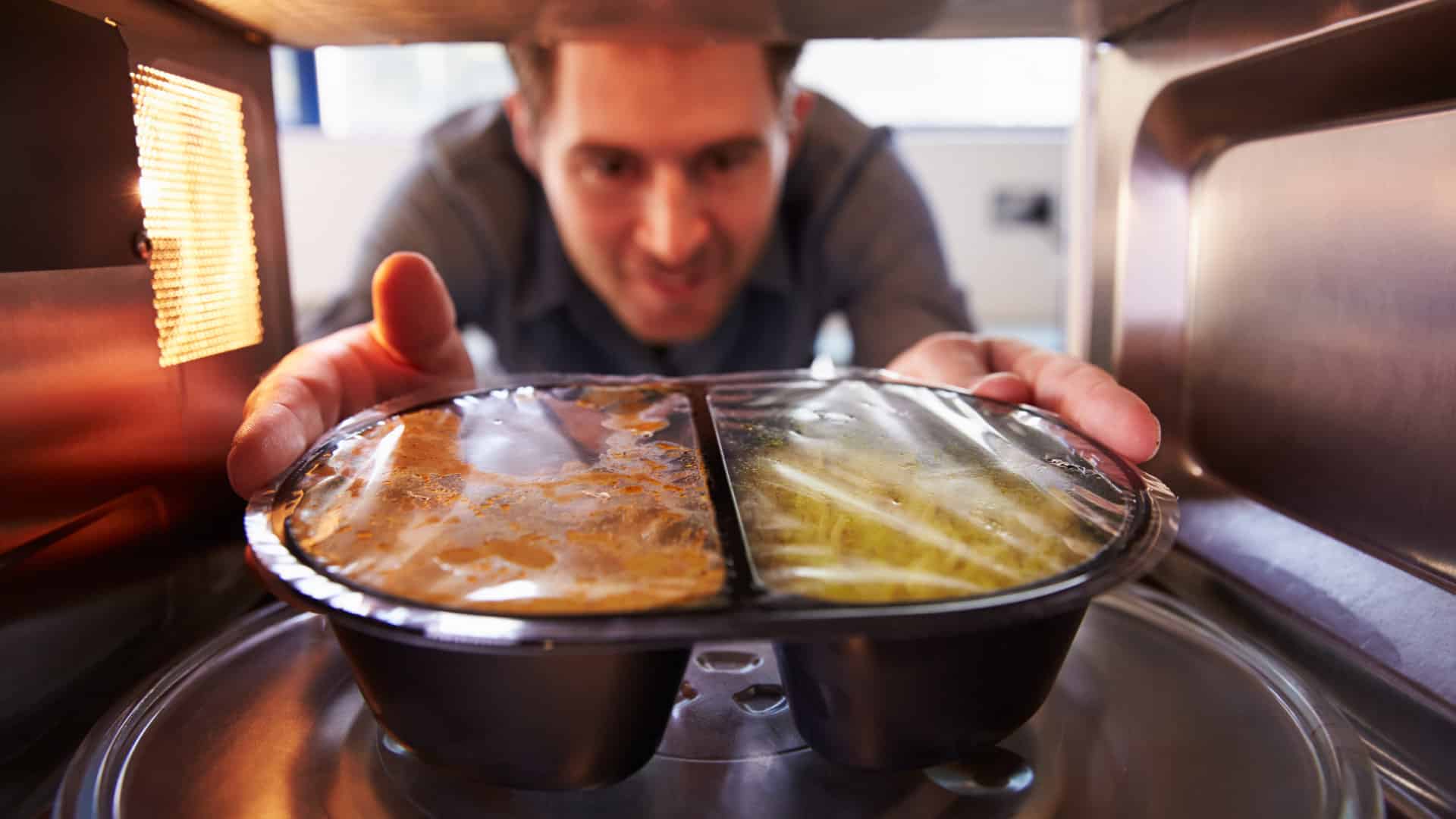
Dec. 11, 2023
Why Your Microwave Plate Is Not Spinning
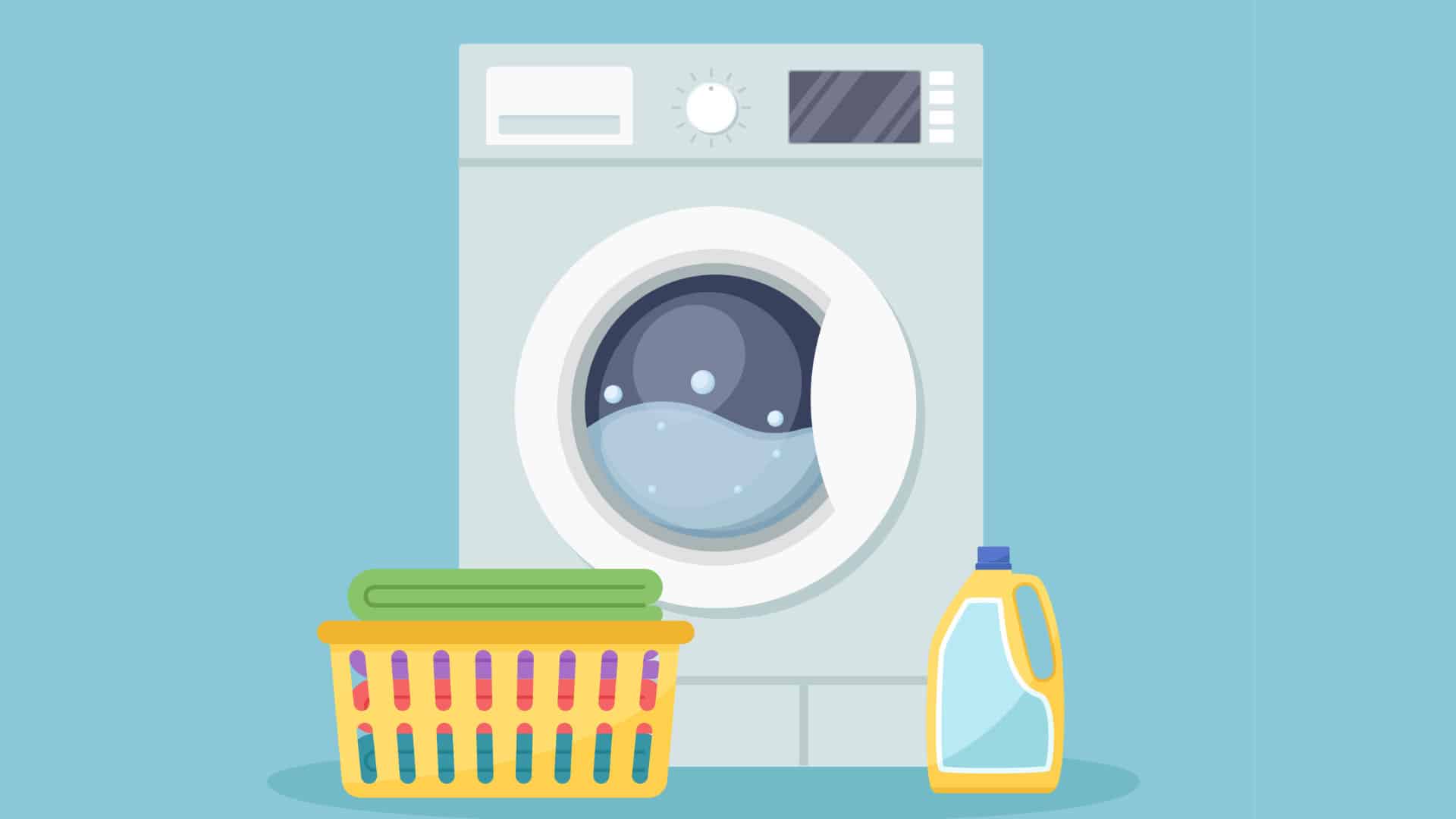
Nov. 06, 2023
Washer Spin Cycle Not Working? Here’s Why
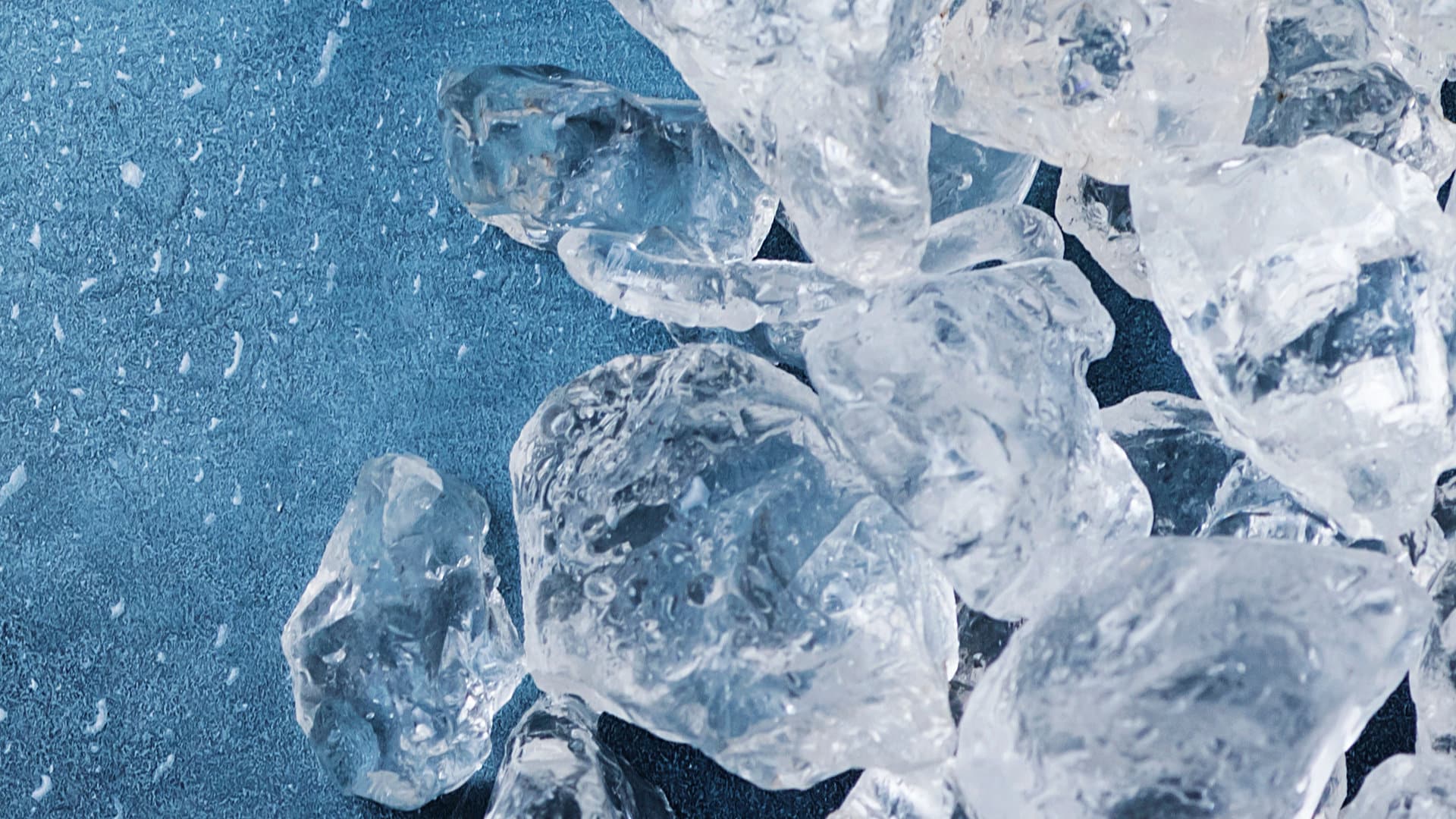
Oct. 02, 2023
How to Fix a Slow Ice Maker
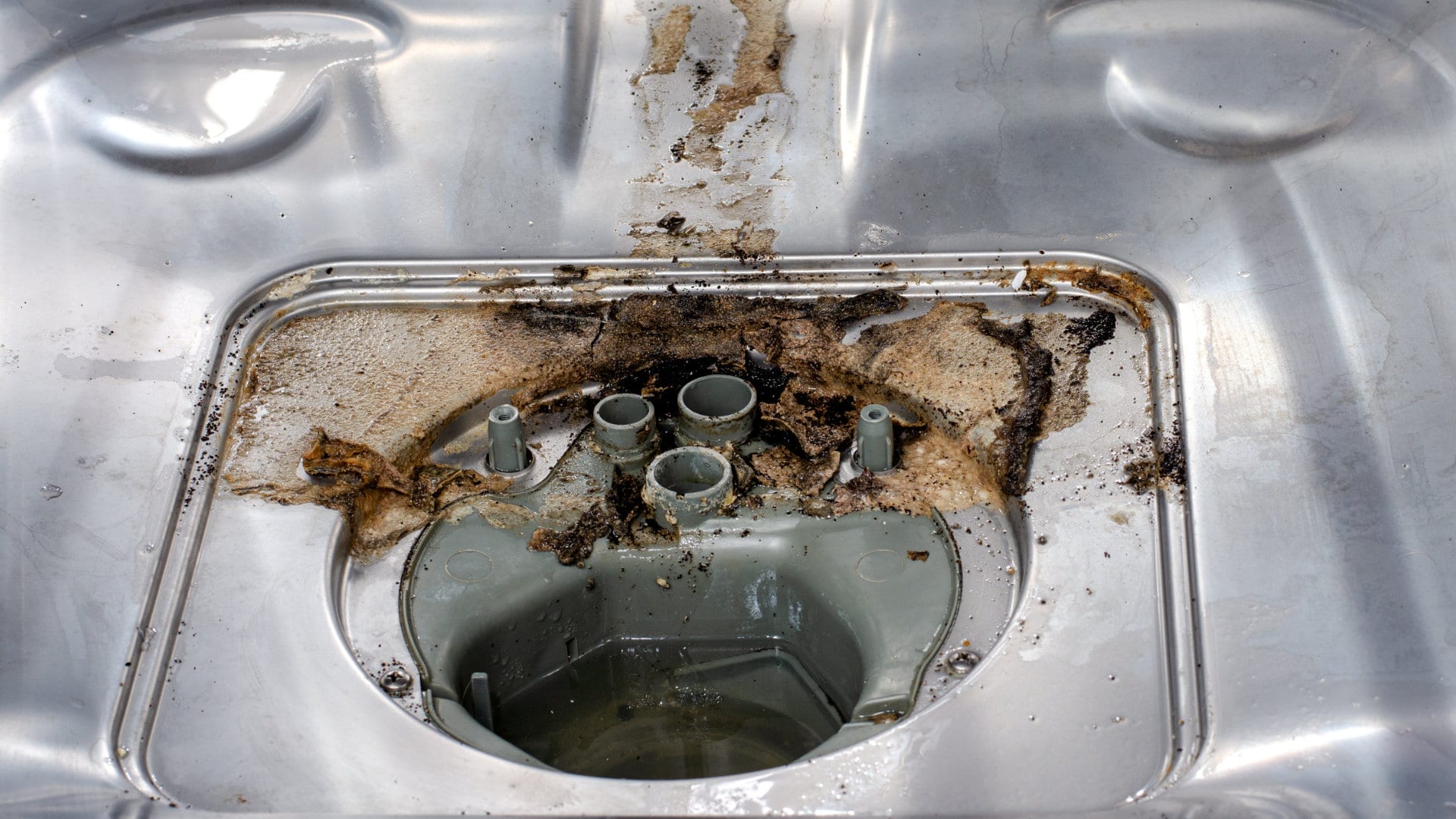
Sep. 08, 2023
Why Does My Dishwasher Smell like Sewage?
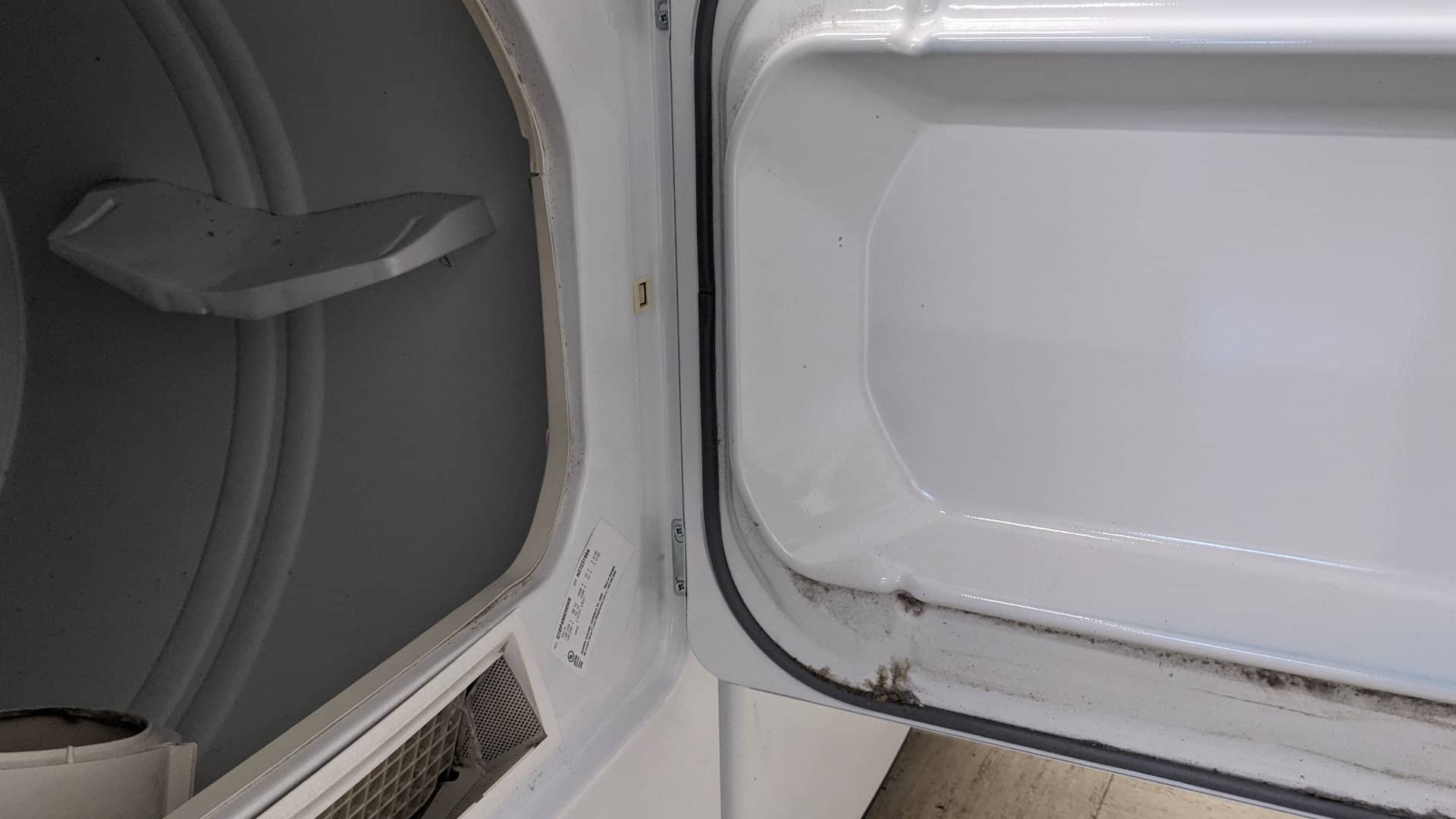
Jul. 31, 2023
What Causes a Dryer to Overheat? (and How to Fix It)

Jul. 19, 2023

